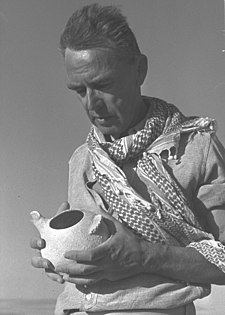http://kolhaadam.wordpress.com/2013/10/28/intertextuality-in-biblical-studies-a-core-bibliography/
The author of this blog lists several works on intertextuality according to two subcategories: literary theory and biblical studies. Here's the author's introductory remarks:
The author of this blog lists several works on intertextuality according to two subcategories: literary theory and biblical studies. Here's the author's introductory remarks:
Writing an “intertextual” analysis or using the “method of intertextuality” has become a veritable rite of passage for scholars in biblical studies, as though this were a well established critical practice in our discipline. Unfortunately this is not the case, and those who use the term are entering, often unwittingly, into an academic battleground for which they are ill equipped. Intertextuality is a contested term, and those who use it would do well to understand the nature of the controversy at hand. The literature on this subject is vast, spanning countless works in literary theory and biblical studies. Below, I have compiled a core bibliography that represents essential studies within the two fields.
Those whose interests concern literary allusions would do well to avoid the language of intertextuality altogether and focus on the more relevant theoretical literature.


 Born
in Cincinnatti, Ohio in 1900, Nelson Glueck was one of the foremost
leaders in the field of biblical archaeology and Reform Judaism. He
read the benediction at the swearing-in ceremony of President John F.
Kennedy.
Born
in Cincinnatti, Ohio in 1900, Nelson Glueck was one of the foremost
leaders in the field of biblical archaeology and Reform Judaism. He
read the benediction at the swearing-in ceremony of President John F.
Kennedy.